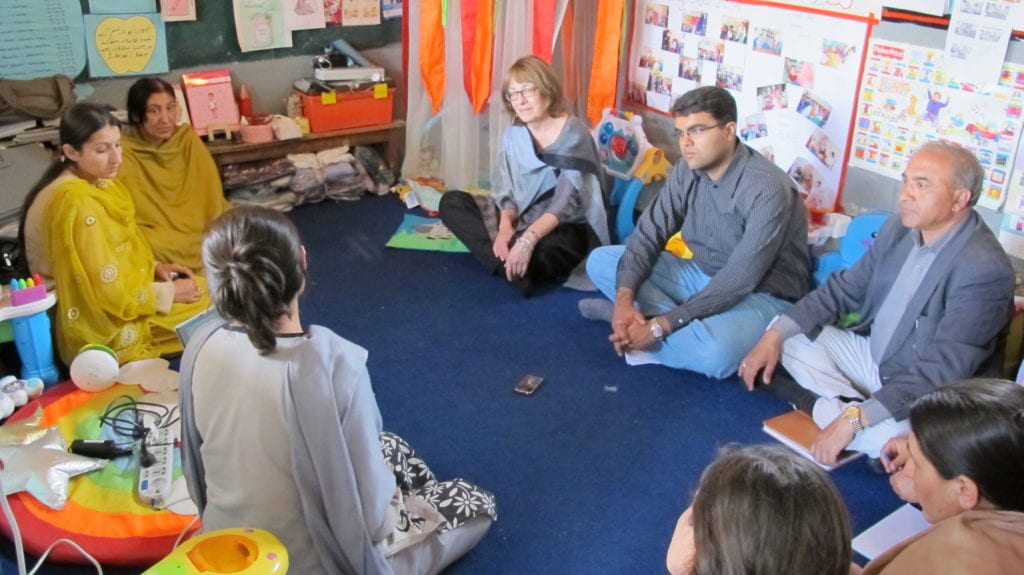CALL FOR PAPERS: IEEE-Vehicular Power and Propulsion Conference 2015
The 2015 IEEE Vehicle Power and Propulsion Conference (VPPC) will be held in Montréal, Canada, under a shared organization between Université du Québec à Trois-Rivières (UQTR), University of Franche-Comté (UFC) and ETS : Engineering Industry School.
The conference aims to provide a forum for sharing knowledge, experience and creative ideas in vehicle power and propulsion. Our main goal is to provide an interesting forum about vehicle power and propulsion to develop and promote technologies to spread e-mobility everywhere.
It will include keynote papers by authoritative speakers, technical sessions, tutorial sessions, poster sessions, special and invited sessions, and exhibitions.
Early bird registrations: July 15th, 2015.
Deadline for submission of digest: March 15th, 2015 (special sessions).
Deadline for submission of digest: March 15th 2015 (regular tracks).
Notice of acceptance: May 1st, 2015.
Deadline for submission of full papers: July 1st, 2015.
Paper submission guidelines
Digest:
A digest of 3-5 pages (with an abstract of 50-100 words) to submit to conference tracks or special sessions. Use the US letter 2-column IEEE format in:
www.ieee.org/conferences_events/conferences/publishing/templates.html
(or download here)
All submissions should be written in English and must be electronically submitted in PDF format.
Reviewing Guidelines:
To ensure the conference high technical and scientific quality the reviewing guidelines were defined, both for regular track papers and special session papers.
Final paper:
- Up to 6-page IEEE format (with supplementary charge for supplementary page)
- pdf file in accordance with IEEE Xplore
- papers registered will be included in the conference proceedings, but only paper presented at the conference can be published in the Xplore data base (no show will not be considered)
Click here to download VPPC 2015 flyer









